History
How the world’s first drug consumption room was set up
In the mid-1980s, there was a refocus of drug policy from repression to survival – not least in light of AIDS. As a result, the world’s first drug consumption room or “Fixerstübli” was set up in the city of Bern 37 years ago.
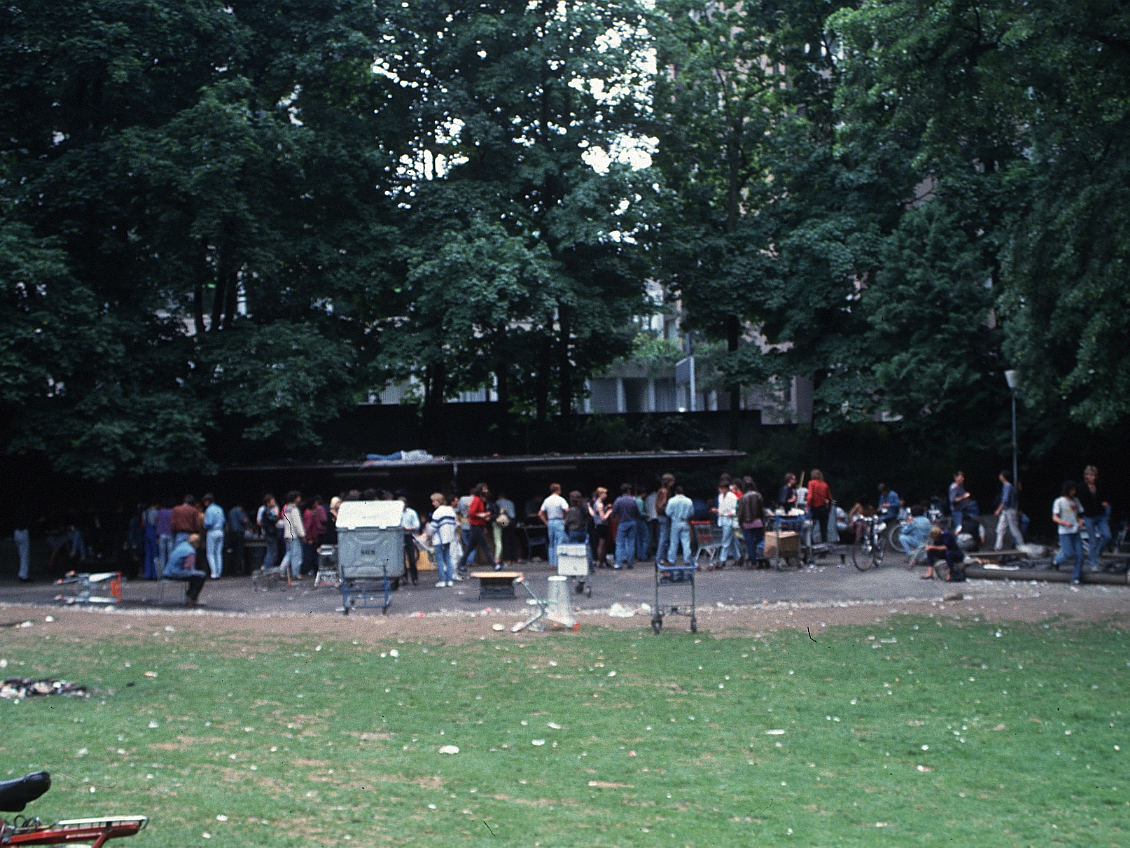
The world’s first drug consumption room was opened at Münstergasse 12 in Bern on 17 June 1986 – with resounding success. The innovative, state-tolerated and publicly funded offer not only quickly resulted in imitation in Basel and Zurich, but also increasingly attracted international attention – from countries such as Germany and Canada to Australia.
The fastest for once
Twenty years later, Fixerstübli co-founder Hans Peter Wermuth explained in the “Bieler Tagblatt”, the local Biel newspaper, that until 1986 only those who said they wanted to stop taking drugs had been helped. “However, the abstinence-oriented approach failed to reach many addicts,” says the former street worker. “What we did was pioneering work. For once, the Bernese were the fastest.” And this at a time when people elsewhere in Switzerland were still saying that counseling, inpatient detoxification and detoxification in a therapeutic community were the only accepted ways out of drugs.
In the mid-1980s, the Zurich drug scene moved to the Platzspitz next to the Swiss National Museum and made a name for itself all over the world as “Needle Park”. An open drug scene also developed on Bern’s cathedral platform. With 50 to 100 people, it was “fairly small and the level of impoverishment wasn’t that great. The drug scene really only grew later – on the Schänzli and in the Kocherpark,” recalls Robert Hämmig, who was hired by the social psychiatric University Clinic in 1984 and worked as a junior doctor at Contact, the Bern Foundation for Addiction Aid. “On the street, my connection to the University Clinic had hardly any effect,” says Hämmig, “but it did help spread the ideas of Bern’s drug work internationally, for example at conferences.”
Deterioration of the situation
Since the revision of the Narcotics Act in 1975, drug use had been a criminal offense throughout Switzerland. For a long time, politicians knew only one answer to this problem: repression. In the 1980s, the already desolate situation on the streets was exacerbated by the emergence of AIDS. “Lots of drug addicts died from the disease,” says Hämmig, who says he has a heart for addicts. At that time, people in Holland had already realized that HIV was transmitted through blood. “So it was actually clear that you would have to hand out syringes, something that had been banned in Zurich on the grounds that it promotes drug consumption.”
About the person
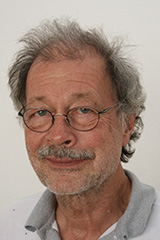
Robert Hämmig
studied medicine at the University of Bern and trained as a psychiatrist. In 1984, he was employed by the Socio-Psychiatric University Clinic (which later became the University Psychiatric Services) and worked for the Contact Foundation in this capacity until 2017. He continued to provide medical services for the Contact Foundation with his own business until the end of 2022, and since then has been running a psychiatric practice.
Contact
The Bernese experts were not discouraged by this and asked the cantonal doctor and the cantonal pharmacist whether there was a ban on dispensing syringes in the canton of Bern. “Because there was no such provision in the law, we were told that we could provide syringes,” remembers Hämmig: “On condition that we didn’t shout it from the rooftops.” As a result, the first syringe was handed out in the canton of Bern in 1985 at the Oberaargau Youth Counseling Center (JBO) in Langenthal – by a drug help center. Bern soon followed suit.
Fed up with the situation
In Judith Wietlisbach’s master thesis from 2013 entitled “Die Geschichte des Fixerstübli Berner – Entwicklungstendenzen von Ende der 1970er Jahre bis 1994” (The history of the Fixerstübli in Bern – development tendencies from the end of the 1970s to 1994), Marc Wehrlin, former President of the Contact Foundation, described the situation of drug addicts as follows: “Anyone who didn’t want to quit the drug scene was banned from pubs and restaurants, was not allowed to spend time indoors in public places or gather in groups outdoors, lost their jobs and had to deal with drug-related crime.” It was from this realization that the drug consumption room was created, which, according to Wehrlin, was actually originally only intended to be somewhere drug takers could go.
About the person
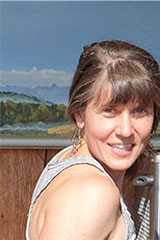
Julia Wietlisbach
completed her Master's degree in History and Business Administration at the University of Bern in 2013. Today she is co-director of the Buskers Bern street festival.
Contact
Hämmig remembers that some Bernese pubs drilled holes in their coffee spoons back then to prevent substances from being boiled up with them. Despite all the measures taken, many drug addicts spent time in the toilets of Bern’s restaurants. All the more so when, in November 1985, Bern’s municipal council ordered the closure of the cathedral platform – officially due to repair work – and thus drove out its open drug scene.
The decision led to severe criticism, as Julia Wietlisbach describes in her master thesis: Local residents bombarded the Bern municipal council with letters of complaint because the open drug scene had first moved to Münstergasse and Herrengasse and then to Kleine Schanze.
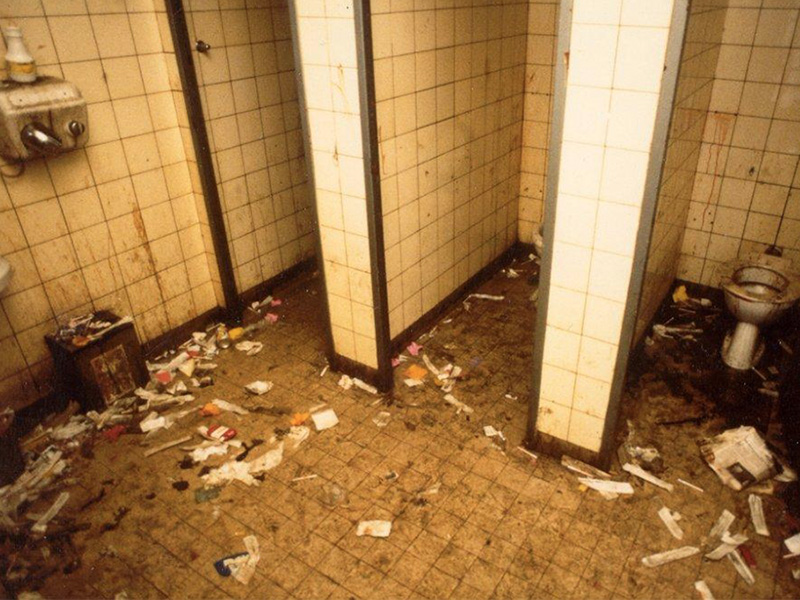
At the time, however, nobody knew that a drug consumption room could not only be a response to the increasing impoverishment of the scene, but also to the complaints of residents. According to Robert Hämmig – whose primary task was to provide psychiatric care to Contact’s clients – the Fixerstübli was created more by chance. A cross-departmental project of the Contact Foundation ended up operating the room: “These included the advice center where I was based, streetwork and the prevention center.” When the room at Münstergasse 12 was opened on June 17, 1986, it was unclear whether it would be used by drug addicts at all, Hämmig recalls. “But gradually, they started showing up, unpacked their belongings, took their shot in front of the social worker present – which was not the original plan – and went their way again. As a result, Bern’s Fixerstübli was suddenly founded.”
Word about it got around quickly. “As a result, more and more people started flocking to Münstergasse.” All those involved in the project had taken on shifts in the Fixerstübli and thus came into contact with the users, Hämmig remembers. “I myself, for example, cut open dozens of abscesses.”
No fatalities with 1,000 overdoses
The Bernese judiciary was sympathetic to the Fixerstübli: In July 1988, the then Bernese public prosecutor announced that the offer was legal as long as there was no trading in narcotics and the Contact Foundation guaranteed constant social and medical care. A legal opinion supported the decision. The Fixerstübli offered clean needles, condoms, basic medical care and monitored consumption. According to Hämmig, there has been no fatal overdose in over 30 years: “In the Fixerstübli, as well as in Kocherpark, we dealt with around 1,000 overdoses and resuscitated those affected.”
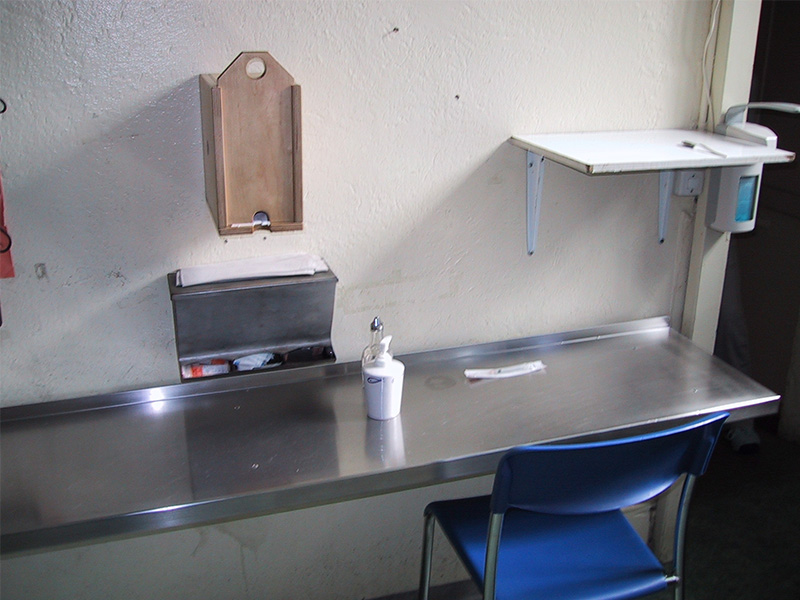
Methadone therapy and heroin dispensing
In 1994, the Murtenstrasse contact point was converted into a methadone therapy center (MeTz) to provide political support for the distribution of heroin (KODA). “The aim was to increase public acceptance of heroin prescription,” says Hämmig, explaining the motivation. As a result, substitution therapy could be massively expanded. As part of the four-pillar model of Swiss drug policy, which has been enshrined in law since 2008, encompassing prevention, treatment, harm reduction and continued repression (“regulation and enforcement”), the Contact Foundation also began to work more closely with the Bern police.
“Since then, things have calmed down further. These days, people no longer get upset about the meeting point,” Hämmig concludes. As far as the current Bern drug scene is concerned, the expert says: “Things are quiet at the moment. We are not currently experiencing events such as those in Zurich or Geneva, where drug use in public spaces has increased sharply. Of course, people also smoke cocaine or crack, but that’s been the case for years.”
Subscribe to the uniAKTUELL newsletter

Discover stories about the research at the University of Bern and the people behind it.
Magazine uniFOKUS
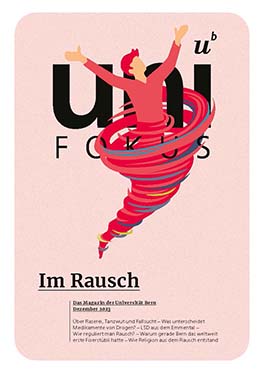
Subscribe free of charge now!
This article first appeared in uniFOKUS, the University of Bern print magazine. Four times a year, uniFOKUS focuses on one specialist area from different points of view.